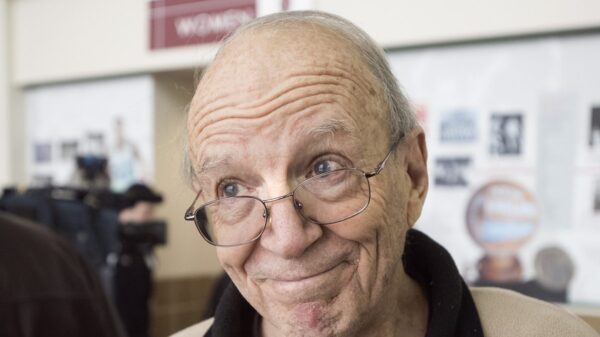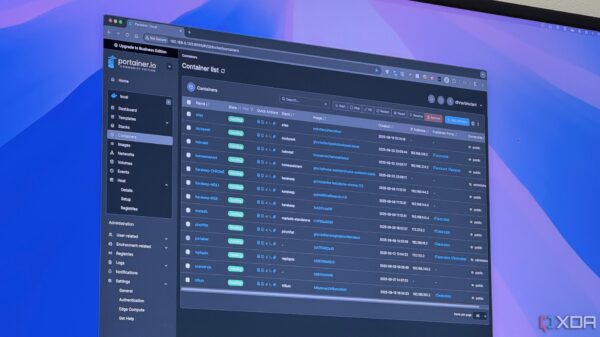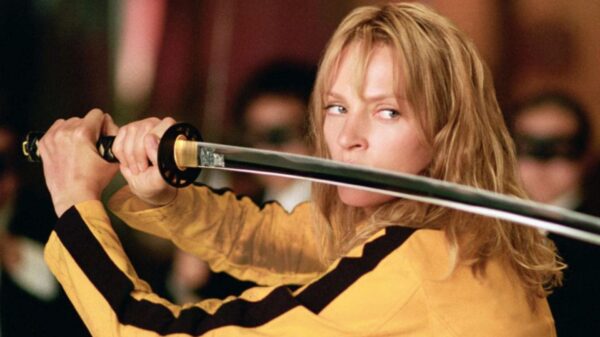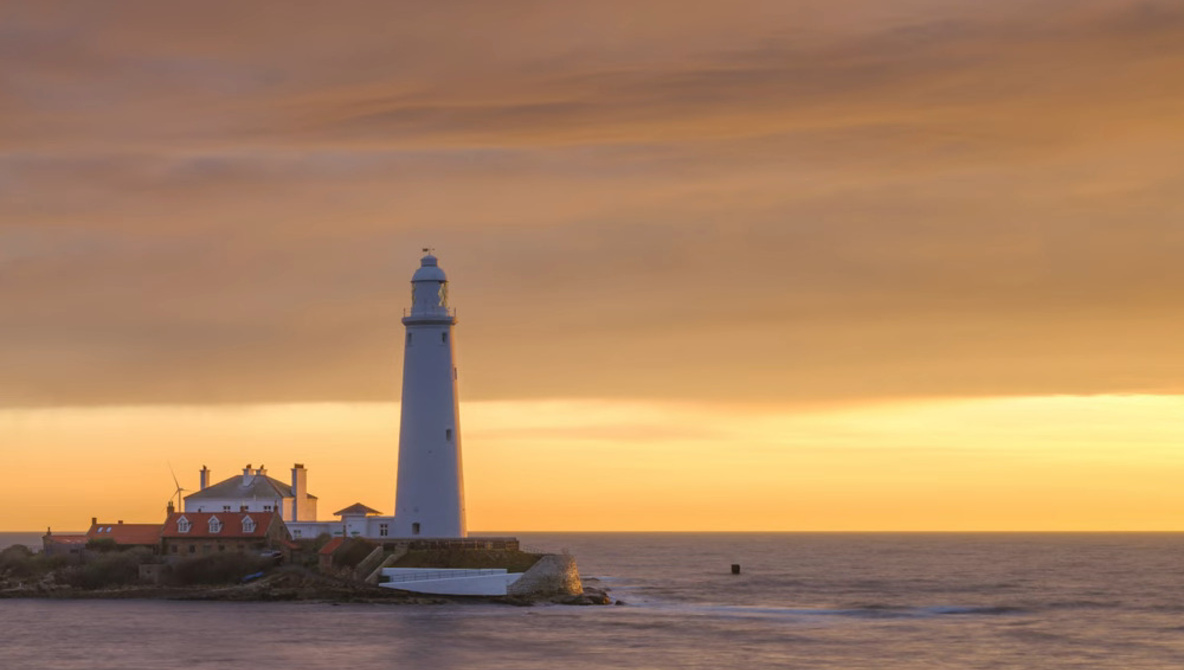The launch of the Fujifilm GFX100RF marks a significant advancement in the realm of medium format photography. This camera not only offers impressive specifications but also challenges photographers to rethink the balance between portability and performance. Designed for those who prioritize lightweight gear without compromising quality, the GFX100RF is making waves in the photographic community.
Innovative Design and Features
At first glance, the GFX100RF’s fixed 35mm lens (equivalent to a 28mm full frame) might seem restrictive compared to the versatility of models like the GFX100S II. However, as highlighted in a recent video by photographer Alex Cooke, this limitation transforms into an opportunity. The camera’s impressive 102-megapixel sensor allows for cropping, effectively offering multiple focal lengths while maintaining high-quality image files. This feature is particularly beneficial for landscape photographers, where the interplay of weight and resolution is crucial.
Cooke emphasizes that the GFX100RF’s design encourages users to experience their surroundings differently. The camera’s built-in aspect ratio modes, such as the XPan crop, enable panoramic compositions directly in-camera, enhancing creative possibilities. This feature is not merely a gimmick; it fundamentally alters how photographers frame their shots, pushing them to explore new perspectives.
Field Performance and Usability
For those who venture into nature, carrying a single camera with a fixed lens proves advantageous over lugging around multiple lenses. As Cooke points out, the trade-off in flexibility is negligible when weighed against the benefits of reduced weight and increased mobility. The GFX100RF weighs only 735 grams with the battery and card, making it an ideal companion for long hikes.
The camera is equipped with a leaf shutter, which produces less vibration than a traditional focal plane shutter. This feature enhances the reliability of slower shutter speeds when shooting handheld. While the absence of in-body image stabilization (IBIS) may concern some photographers, Cooke argues that for tripod users, this is less of an issue. Instead, the internal neutral density filter stands out as a valuable tool for long exposure photography, streamlining the setup process.
Cooke’s exploration with the GFX100RF underscores a broader message: the lighter the equipment, the greater the potential for exploration. With this camera, the primary challenge shifts from handling gear to the artistic process of composition, allowing photographers to focus on their creative vision rather than technical details.
The GFX100RF not only represents a leap in medium format technology but also invites photographers to embrace a more adventurous approach to their craft. For a deeper insight into how this camera performs in real-world settings, viewers can check out Cooke’s full video review.







































































